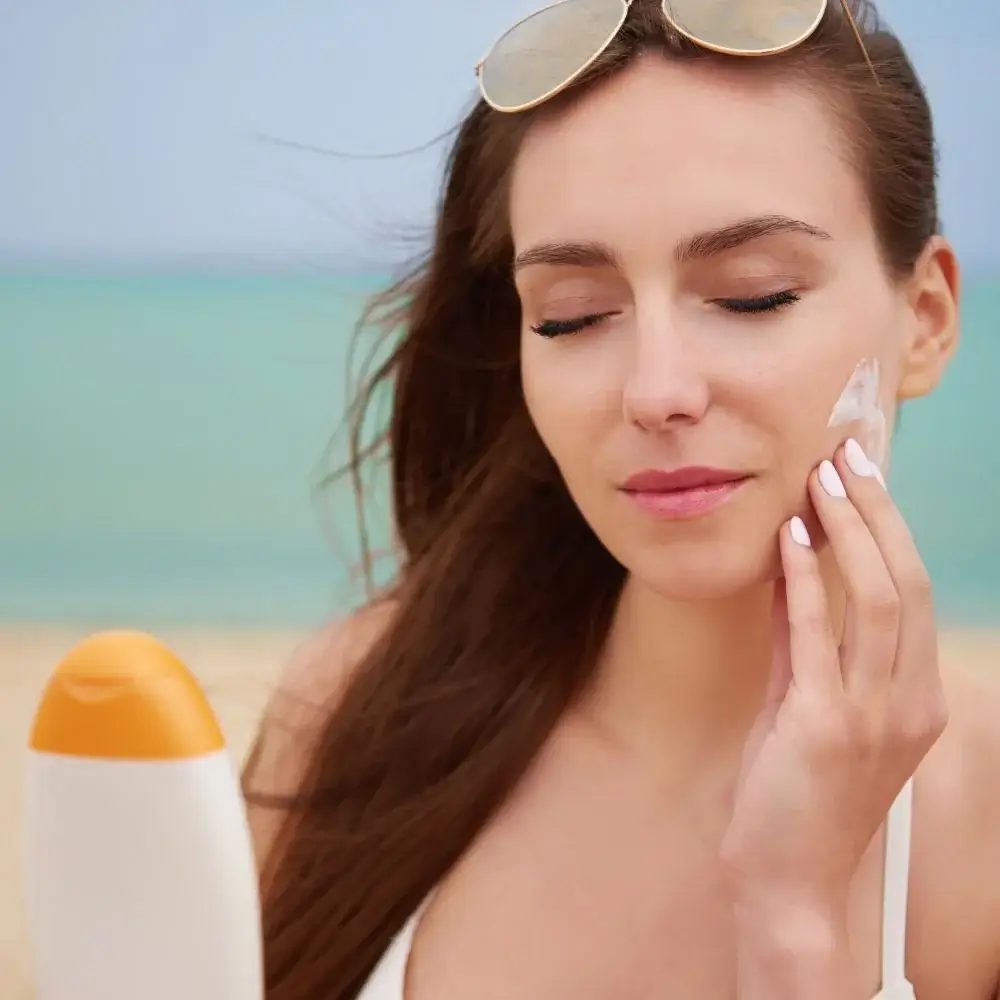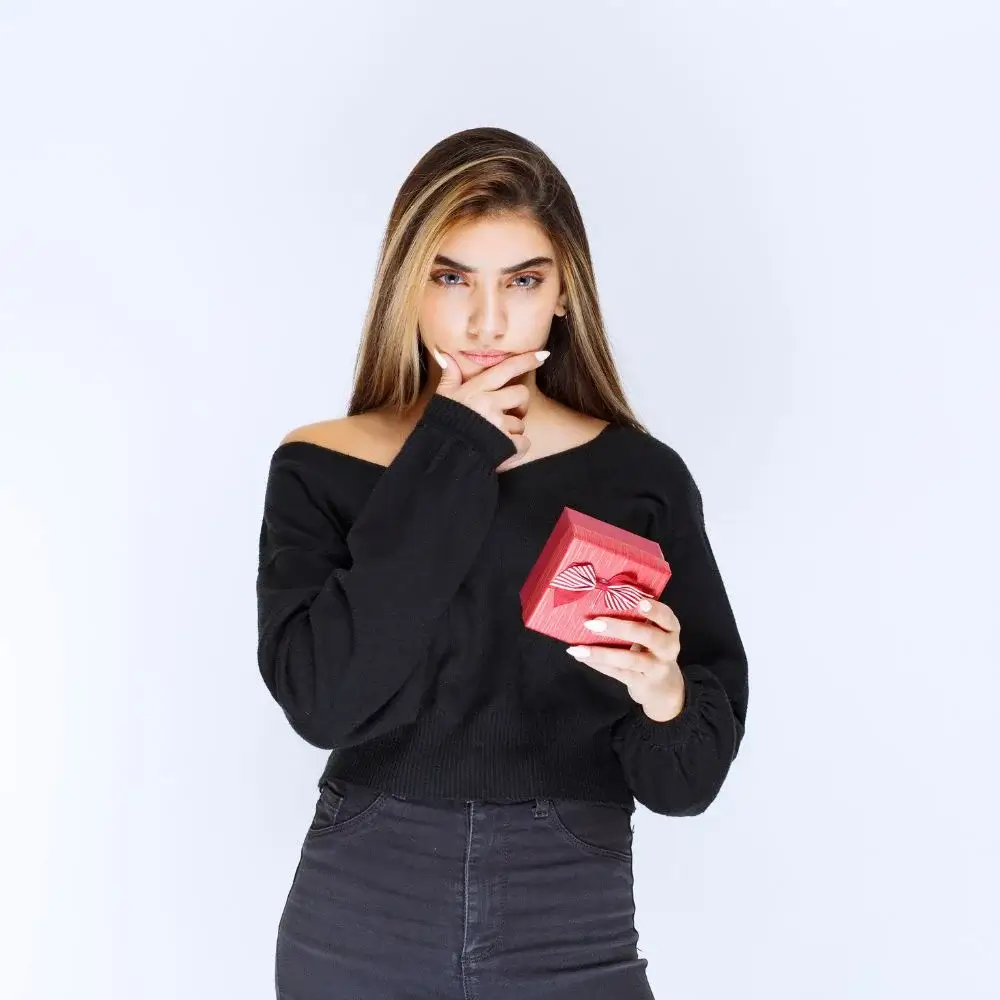Applying primer is one of the beauty regimens that should never go overlooked. Not only do they help to provide a smooth canvas for your makeup, but they also serve as a barrier to protect your skin from harmful UV rays. As we all know, prolonged exposure to the sun can lead to various skin conditions, such as sunburn, premature aging, and skin cancer. To ensure that your skin is well-protected and even covered, it’s crucial to know how to apply a primer with SPF.
Choose a Primer that suits your Skin Type
The first and foremost step to achieving flawless coverage is to choose a primer that suits your skin type. If you have oily skin, choose a mattifying primer; if you have dry skin, a moisturizing one is a good option. Wear a primer packed with antioxidants and a lightweight feel for typical skin types. Irrespective of your skin type, using a primer with an SPF value of 30 or more is crucial.
Prep your Skin
Before applying your primer, it’s essential to prep your skin by cleaning it and using an oil-free moisturizer. This will ensure that your makeup glides smoothly lasts longer, and doesn’t clog pores. Wait a few minutes for the moisturizer to absorb fully before moving on to the next step.
Use the Right Amount of Primer
One of the common makeup mistakes that most of us tend to commit is using too much primer. Applying too much primer can make your makeup appear cakey and might not allow your skin to breathe correctly. A pea-sized amount of primer is sufficient to cover your face evenly and ensure it provides protection.
Apply Primer with SPF
When applying primer with SPF, it’s essential to do so in a layer. Take a small amount of primer onto your fingertips or onto a sponge. Start by applying it in the center of your face and work your way outward. Make sure you blend well and cover all areas, including your ears and neck.
Let it Set
Once you’ve applied your primer, let it set before moving on to the next step in your makeup routine. This will allow your skin to absorb the primer and make application easier.
Using a primer with SPF is an essential part of your beauty routine. A good primer with the correct SPF value and the proper application can provide a smooth canvas, evenly toned skin, and excellent protection from harmful UV rays. Always remember to choose a primer that suits your skin type, prep your skin, apply the right amount, apply in layers, and let it set. With these simple tips, you can achieve flawless coverage and sun protection, vital to healthy-looking skin.
As avid beauty lovers, we understand the importance of the best primer with SPF. That's why we scoured the market and turned to the experts - beauty editors - to find you the best options. Every makeup look deserves a trustworthy primer that optimizes your foundation and shields your skin from harmful UV rays. Say goodbye to those pesky sunburns and premature aging and hello to a radiant complexion. Stop searching and click the link to discover your following favorite primer with SPF. Trust us, your skin will thank you.
What is the proper way to apply a primer with SPF?
To ensure the practical application of a primer with SPF:
- Start with a clean and moisturized face.
- Take a small amount of the primer and dot it onto your forehead, cheeks, chin, and nose.
- Gently blend the product outward using your fingertips or a makeup brush, ensuring even coverage.
- Pay attention to areas that are more prone to sun exposure.
- Allow the primer to absorb for a few minutes before applying other makeup products.
- Remember to reapply the primer every two hours if you spend time outdoors.

What are the potential side effects of using a primer with SPF?
While primer with SPF is generally safe to use, there are a few potential side effects. Some individuals may experience skin irritation, redness, or allergic reactions due to certain ingredients in the product. If you have sensitive skin, it's essential to patch-review the primer before applying it to your entire face. Further, some primers with SPF may contain fragrance, which could cause skin sensitivity for specific individuals. If you notice any adverse reactions, discontinue use and consult a dermatologist.

What is the difference between a primer with SPF and a sunscreen?
The main difference between a primer with SPF and a sunscreen is their primary functions. While both provide sun protection, sunscreen is designed to shield the skin from harmful UV rays. On the other hand, a primer with SPF serves as a makeup base that offers a smoother canvas for the foundation while providing other sun protection. Primers with SPF usually have a lower SPF value than dedicated sunscreens, so it's essential to consider the level of sun exposure and layering other sun protection if needed.

How does a primer with SPF interact with other skincare products?
Depending on their formulations, a primer with SPF can interact with other skincare products. Applying a primer with SPF after your regular skincare routine, including moisturizer and serums, and before any makeup is generally recommended. Some skincare products may contain ingredients that could affect the efficacy or consistency of the primer, so it's essential to allow each product to absorb fully before applying the next one. If you need clarification on the compatibility of specific products, consult a skin care professional or perform patch reviews to ensure optimal results.

Should I use a primer with SPF if my foundation already has SPF?
Even if your foundation already contains SPF, a primer with SPF can provide other sun protection. While the SPF in the foundation offers some safeguarding against UV rays, it's often lower than the level recommended for adequate protection. Incorporating a primer with SPF into your routine can further boost overall sun protection, especially if you spend extended periods outdoors. However, avoid layering too many products with SPF, as the excessive application may result in a heavy or cakey appearance. Consider adjusting the amount of each product to achieve a balanced and natural finish.







